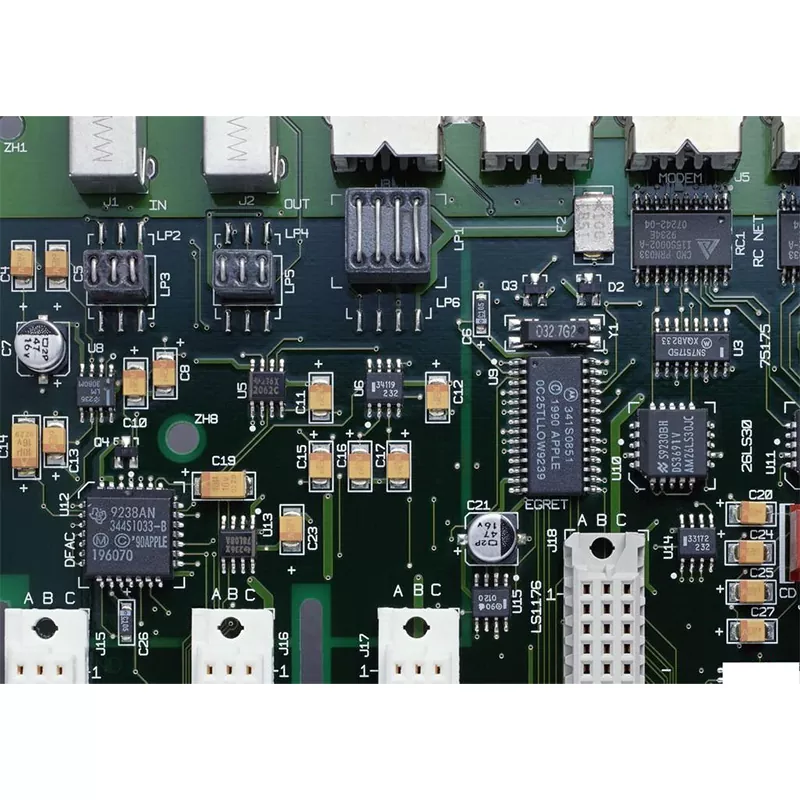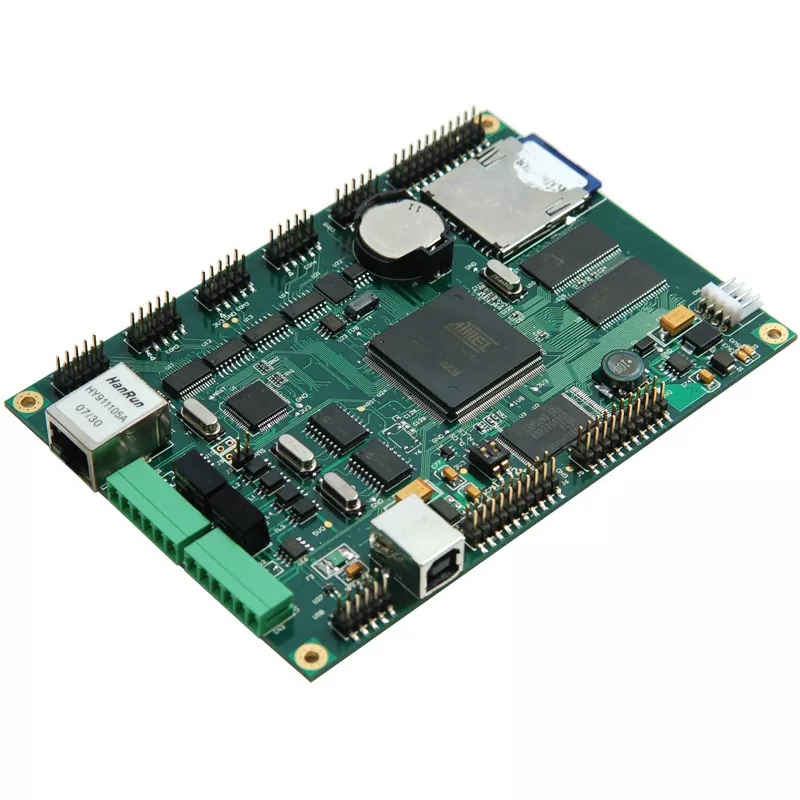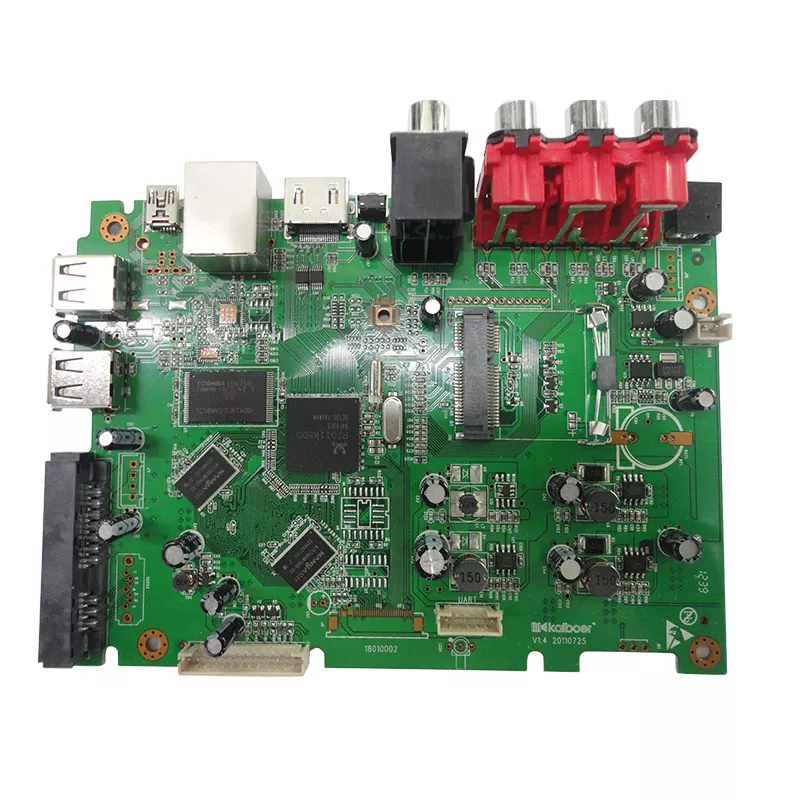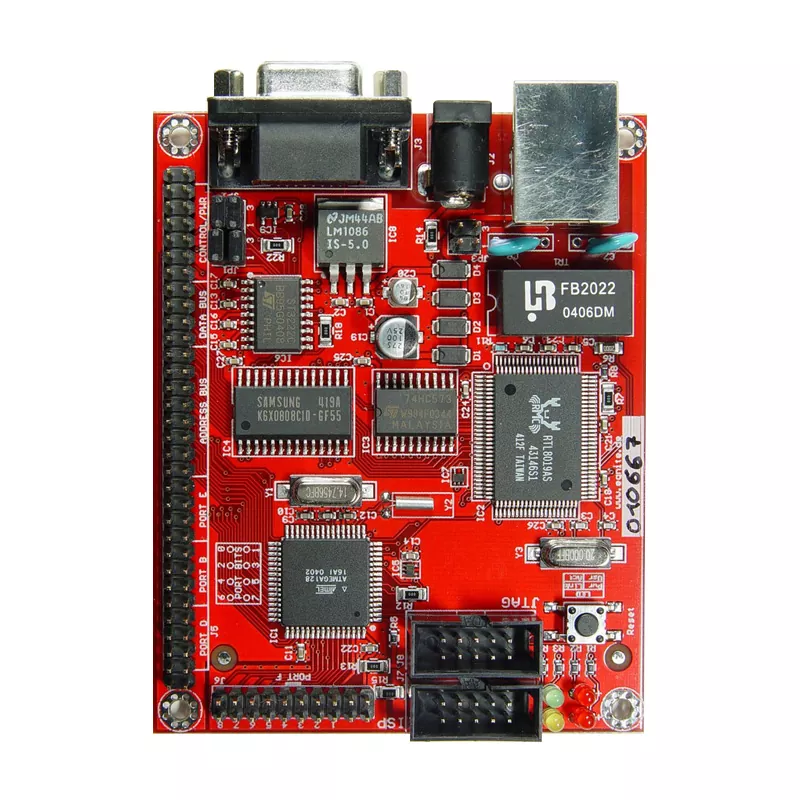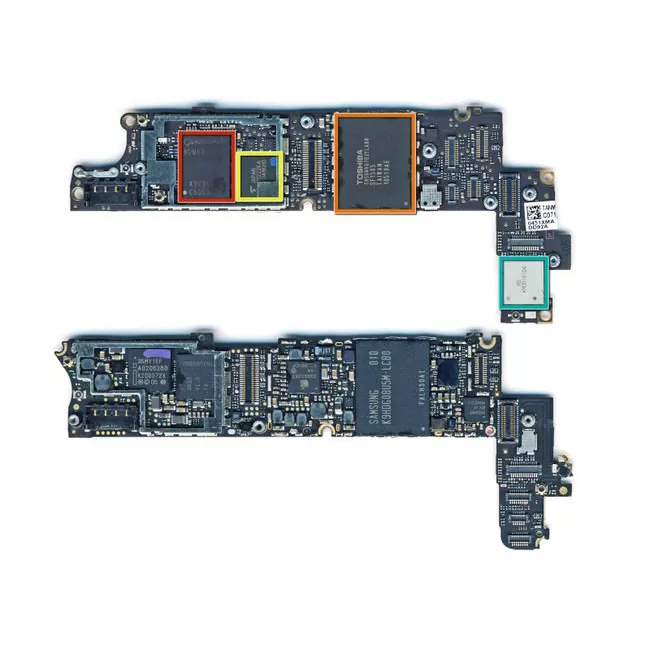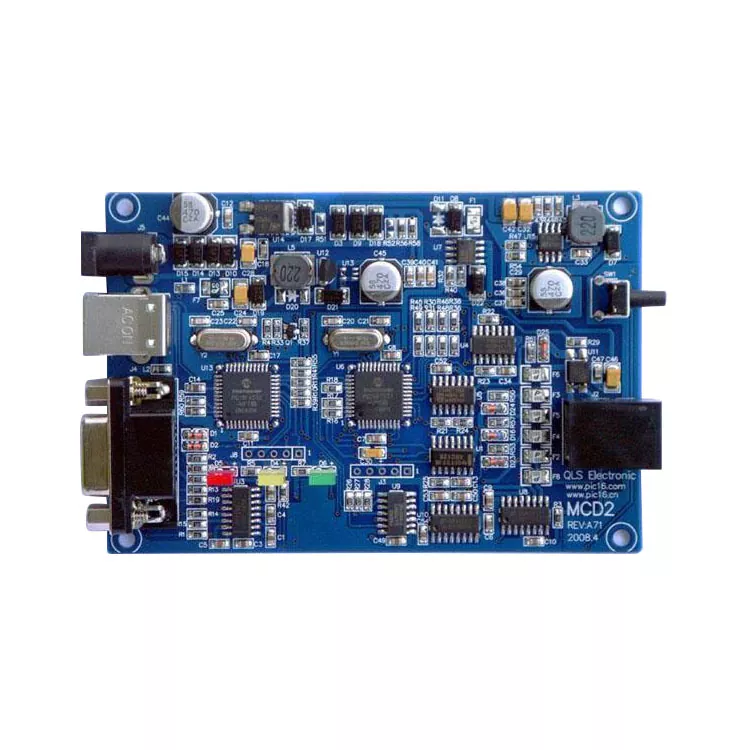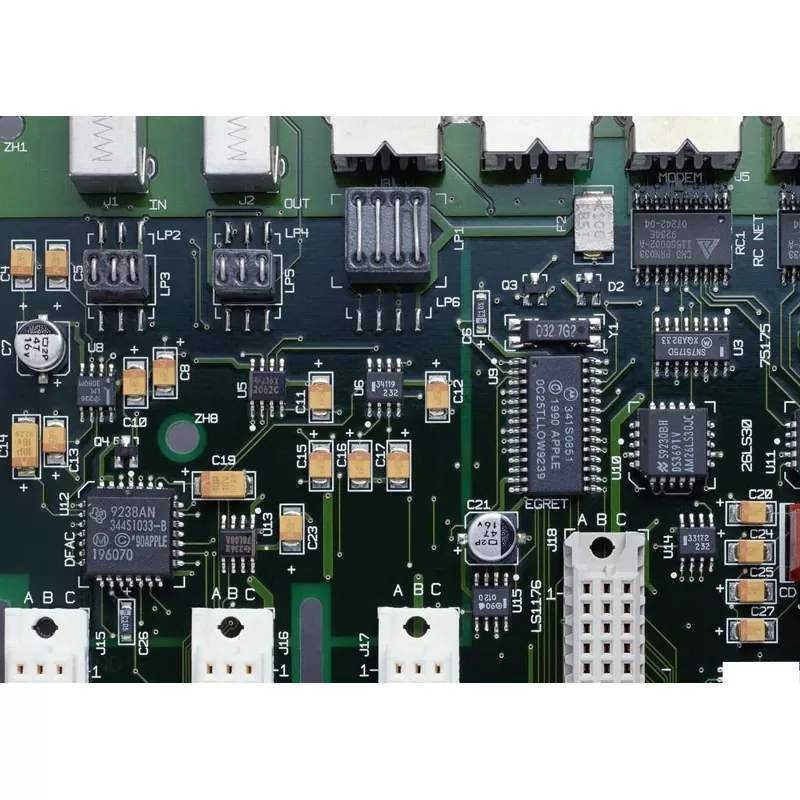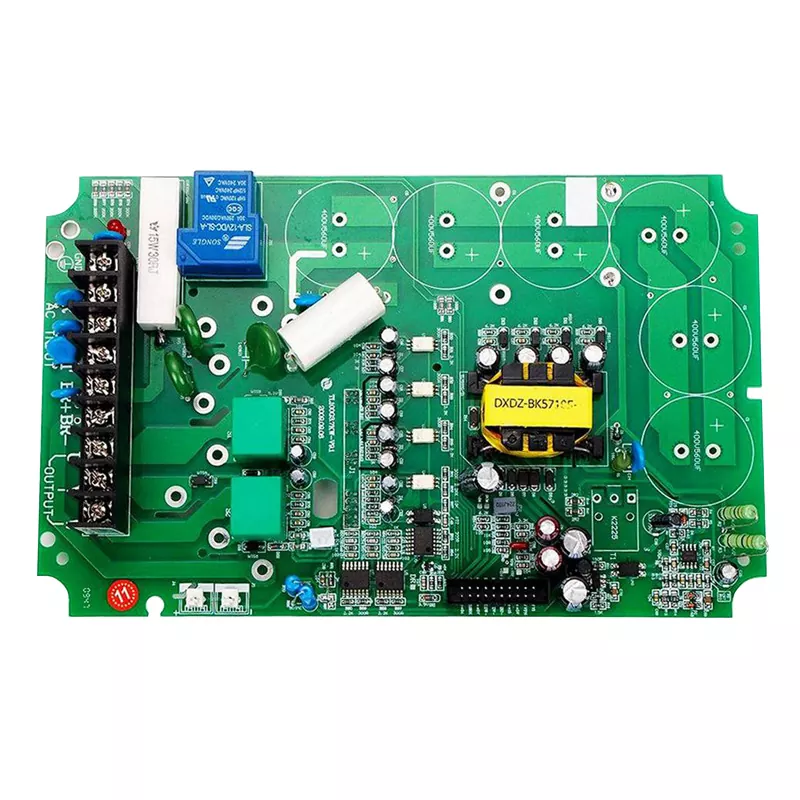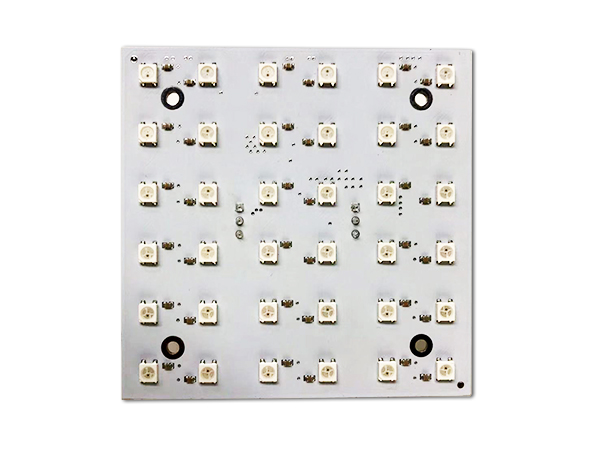- English
- Español
- Português
- русский
- Français
- 日本語
- Deutsch
- tiếng Việt
- Italiano
- Nederlands
- ภาษาไทย
- Polski
- 한국어
- Svenska
- magyar
- Malay
- বাংলা ভাষার
- Dansk
- Suomi
- हिन्दी
- Pilipino
- Türkçe
- Gaeilge
- العربية
- Indonesia
- Norsk
- تمل
- český
- ελληνικά
- український
- Javanese
- فارسی
- தமிழ்
- తెలుగు
- नेपाली
- Burmese
- български
- ລາວ
- Latine
- Қазақша
- Euskal
- Azərbaycan
- Slovenský jazyk
- Македонски
- Lietuvos
- Eesti Keel
- Română
- Slovenski
- मराठी
- Srpski језик
PCB Layout
Printed Circuit Board (PCB) layout is an integral part of the electronic design process. It involves placing components and routing traces on a PCB to ensure that the final product meets the desired specifications. PCB layout is a critical step in the electronic design process, which can impact the performance, manufacturability, and reliability of the final product. In this article, we will explore the importance of PCB layout and how it can impact the overall success of your project
Send Inquiry
Importance of PCB Layout
The layout of a PCB can significantly impact the performance of the final product. The placement of components and routing of traces can affect the signal integrity, noise, and power distribution of the PCB. A well-designed PCB layout can help to minimize signal interference and noise, improve power distribution, and optimize the performance of the final product. Additionally, a well-designed layout can help to reduce the manufacturing cost and improve the efficiency of the production process.

Factors to Consider in PCB Layout
There are several factors to consider when designing a PCB layout, including the size and shape of the PCB, the placement of components, and the routing of traces. The size and shape of the PCB will depend on the size of the product and the available space. The placement of components should be carefully considered to ensure that they are located in the most optimal positions to minimize signal interference and noise. The routing of traces should be optimized to ensure that the signal paths are as short as possible and that the power distribution is well-balanced.

PCB Layout Tools
PCB layout tools are essential for designing a high-quality PCB layout. These tools can help you to optimize the placement of components and routing of traces, and ensure that the final product meets the desired specifications. There are many PCB layout tools available on the market, including Altium Designer, Eagle PCB, KiCad, and OrCAD.

PCB Layout Best Practices
To ensure that your PCB layout is of the highest quality, it is important to follow some best practices. These include using a ground plane, minimizing signal paths, avoiding sharp turns, and ensuring that the power distribution is well-balanced. Additionally, it is important to validate the layout using simulation tools to ensure that it meets the desired specifications.
In conclusion, PCB layout is a critical aspect of the electronic design process, which can impact the performance, manufacturability, and reliability of the final product. It is important to carefully consider the size and shape of the PCB, the placement of components, and the routing of traces, and to use PCB layout tools to optimize the design. By following best practices, you can ensure that your PCB layout is of the highest quality, and that the final product meets the desired specifications.


